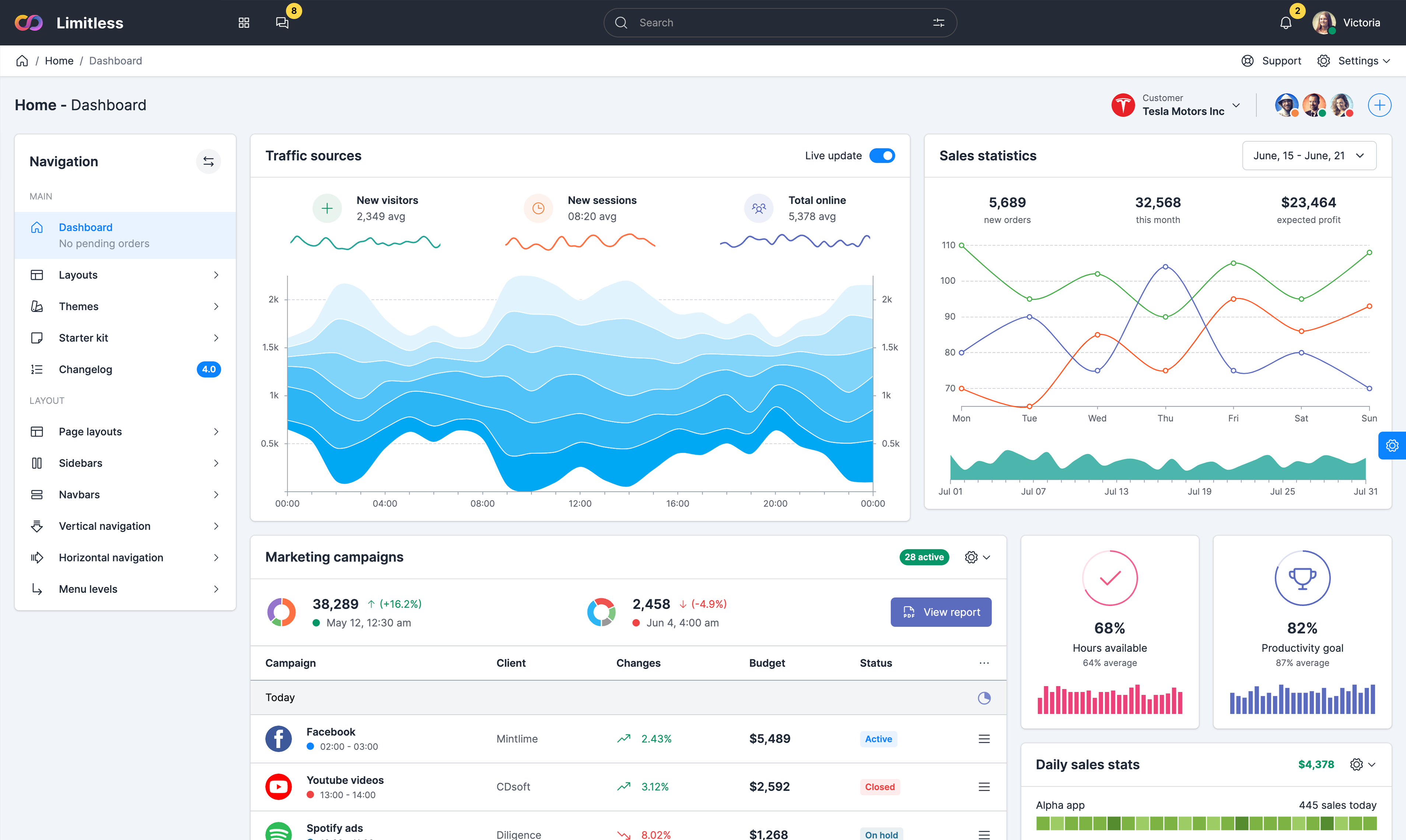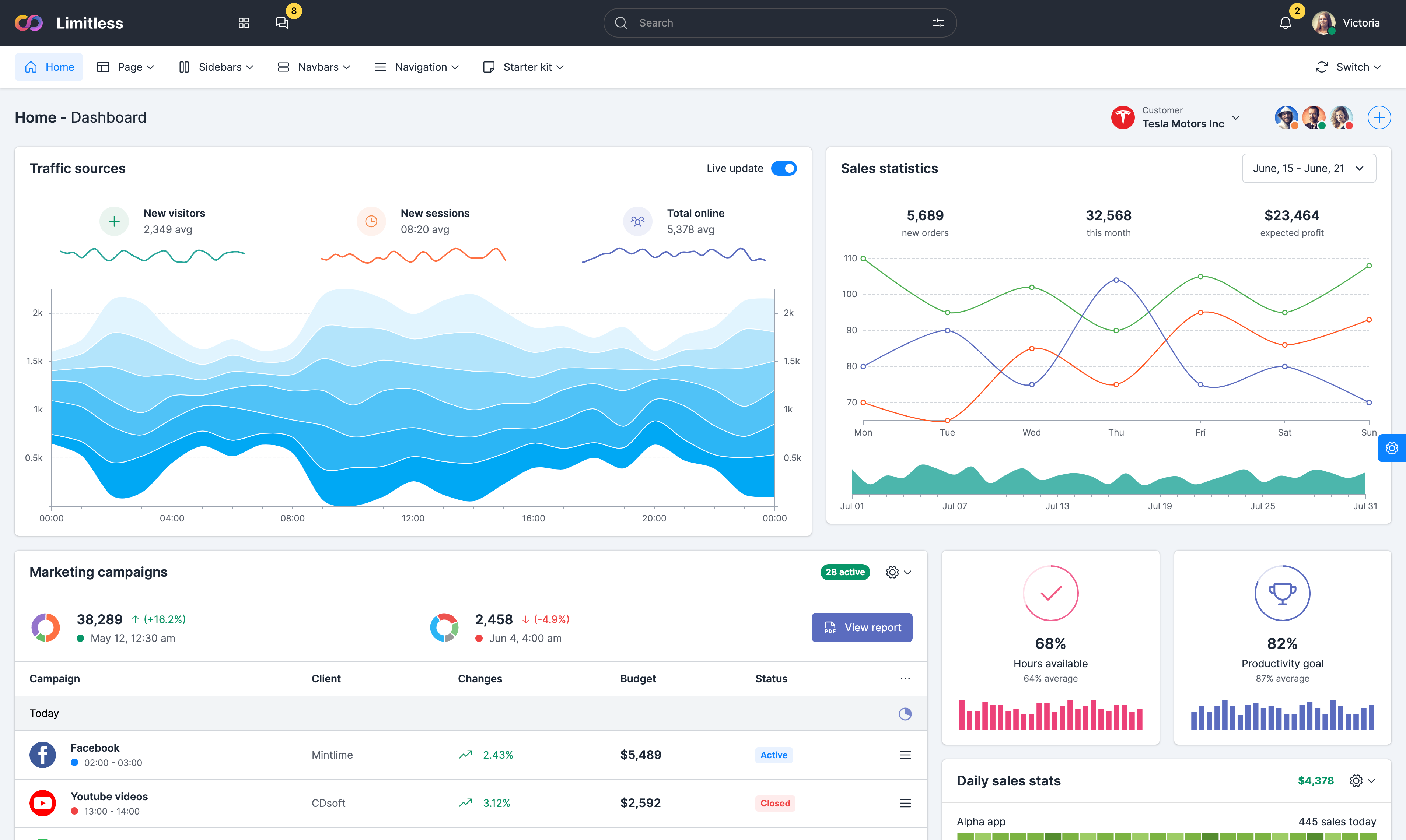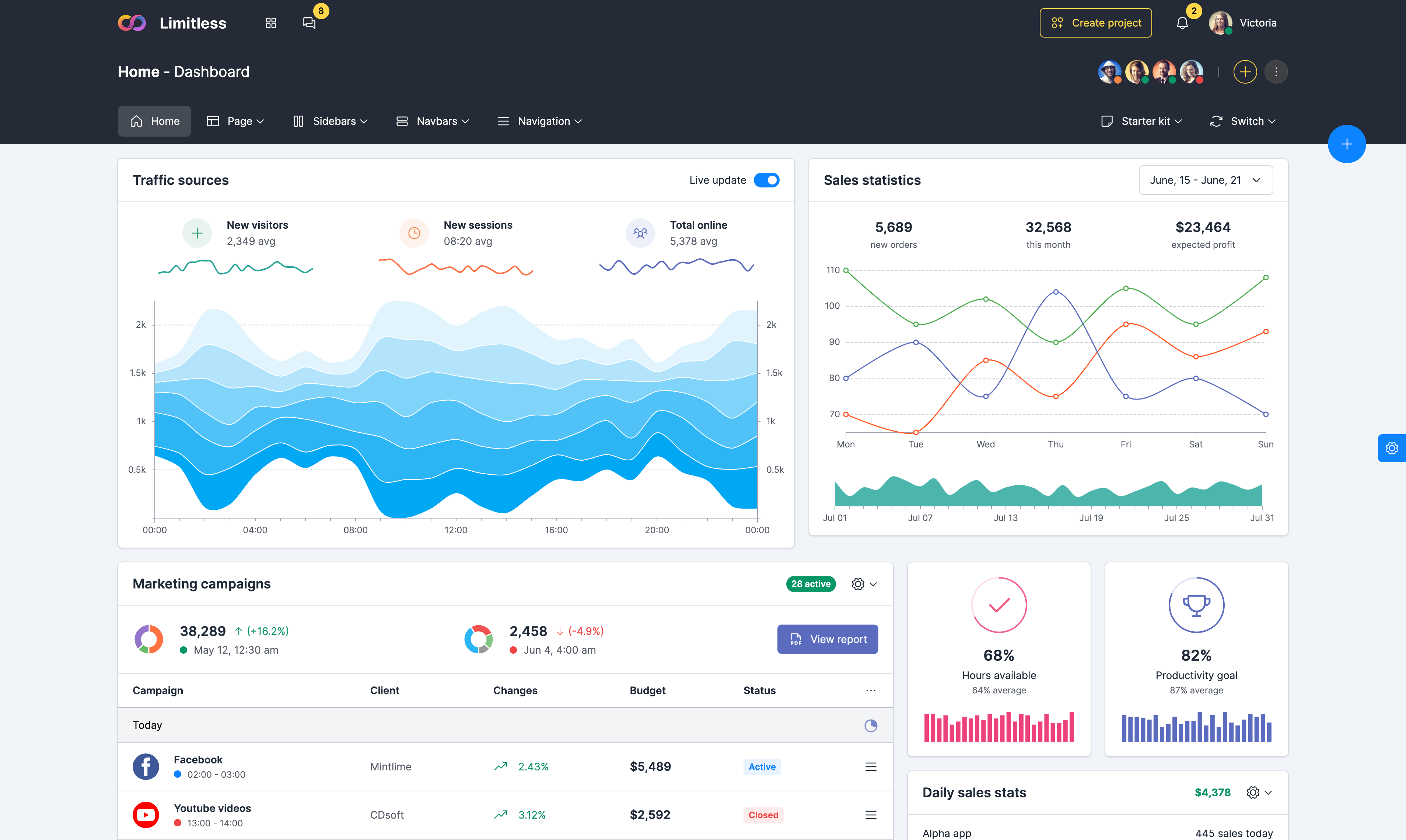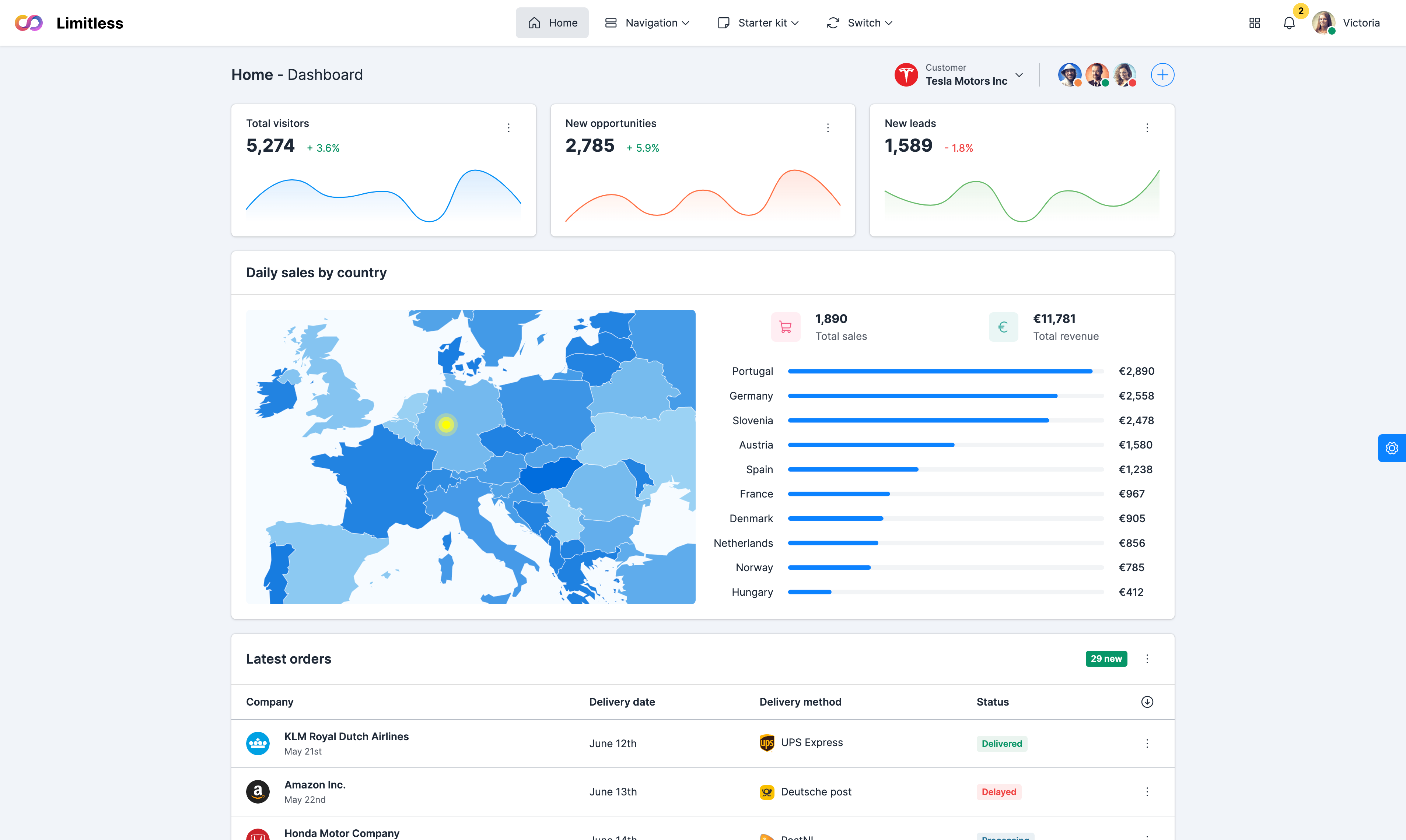Cell formatting
You can customize cells and format them at runtime using
formatter property, it
is also possible to add HTML content to cells (see examples below). In this example we added
a custom text prefix to all cells in the first column, including HTML tag and class with a
help of built-in gridjs.html() function and used that in formatter
function or directly in data array.
Cell attributes
Add custom attributes to each cell (and header cell) of your table using the attributes
config. This example adds
data-field="name" to all cells of the "Name" column.
You can also add custom ID or class name. Note - class attribute requires base
gridjs-th class to keep the styling and optional gridjs-th-sort if
sorting is enabled. See JS configuration of this grid for reference.
Row buttons
You can get access to the cell or the entire row using the
formatter function.
In this example, we are adding a button to each row which has an onClick
handler function that can read the entire row. You can use either single button or a button
group, and optionally disable sorting in the last column where you show action buttons.
Buttons support plain text label and/or icons.
HTML in cells
In this example we added a simple
mailto link to each row and inserted the link
value from "Email" cell in each row. Note: using the html function can expose
your application to XSS attacks. Make sure you understand the implications of using this
function and always sanitize the user inputs before passing them to the html
function
HTML in header
In this example we added icons to table header cells using
name property. You
can also create a virtual DOM and attach it to header cells. Note: using the
html function can expose your application to XSS attacks. Make sure you
understand the implications of using this function and always sanitize the user inputs
before passing them to the html function























